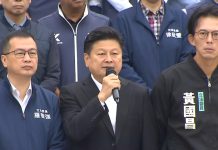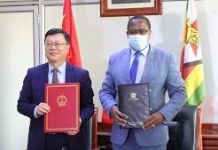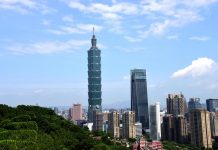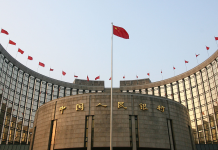In U.S. Special Presidential Envoy for Climate John Kerry’s visit to Tianjin, China, in early September and his discussions with China’s Special Envoy for Climate Change Xie Zhenhua, we can see a welcome movement toward the better (old) days of cooperation in areas the two countries could agree on. The old official bridges were partially “deconstructed” and that self-inflicted damage was shouldered by the American people. Now, the U.S. can finally see what it produced: precisely nothing of value. Kerry should be congratulated for recognizing that relationships matter and that starting over takes courage, and for recognizing the necessity for both countries. Careful observers may see “green shoots” furtively peeking through!
The meeting in Tianjin came after Chinese President Xi Jinping last year committed to strong actions on greenhouse gas emissions. While speaking at the general debate of the 75th Session of the UN General Assembly in 2020, Xi said China aims to have carbon dioxide emissions peak before 2030 and achieve carbon neutrality before 2060. This was a defining moment in China’s response to climate change.
Unlike many nations, which have come late to the recognition of the climate’s importance, China in 2011 commissioned a national series of educational broadcasts created by China Central Television to help educate the public on the significance and consequences of climate change. It is estimated that 1 billion Chinese saw the 12-episode documentary entitled Warm and Cold: We Share Together. China’s national policy is now guided by the overarching mandate of peaking carbon emissions before 2030 and becoming carbon neutral before 2060, and it is evaluating how to reorganize its society, particularly the manufacturing sector, to meet these objectives.
In decades past, trade and investment have dominated the U.S.-China relationship. However, it seems climate will be a key factor in their interaction, and the meeting between Kerry and Xie was an important step in renewing joint efforts. This cooperation is now looked to as a model way forward on climate, to help lead other countries toward some form of climate resilience in order to buy time for the slowdown represented by the carbon peak. The ultimate weaning of global manufacturing and living off unbridled carbon generation is represented by carbon neutrality. In the lifeboat we find ourselves in, all must row together to get anywhere—preferably without criticizing others on their rowing style. Perhaps, we can even begin to synchronize our rowing.
The emphasis in China Daily’s reporting on Kerry’s visit was on the agreement to agree, and also on the list made of problems that need solving. In the past, the list of bothersome issues made by the U.S.-China Joint Commission on Commerce and Trade, established in 1983, became so long that it was eventually forgotten. Those issues now seem rather trivial in light of the mountain (carbon neutrality) we must climb after we agree to stop digging the hole we are in (carbon peak). Collaboration is a primordial human survival skill because it works, and it’s needed now more than ever before. We have now entered the era of Chinese carbon neutrality endeavors and America’s Build Back Better infrastructure program. It is appropriate to make them a theme of bilateral cooperation on climate. Today, the collaborative ingenuity of two great people must develop the path forward, proud that each possesses a heritage of problem solving, endurance and fundamentally shared human values.
– The Daily Mail-Beijing Review News exchange item






